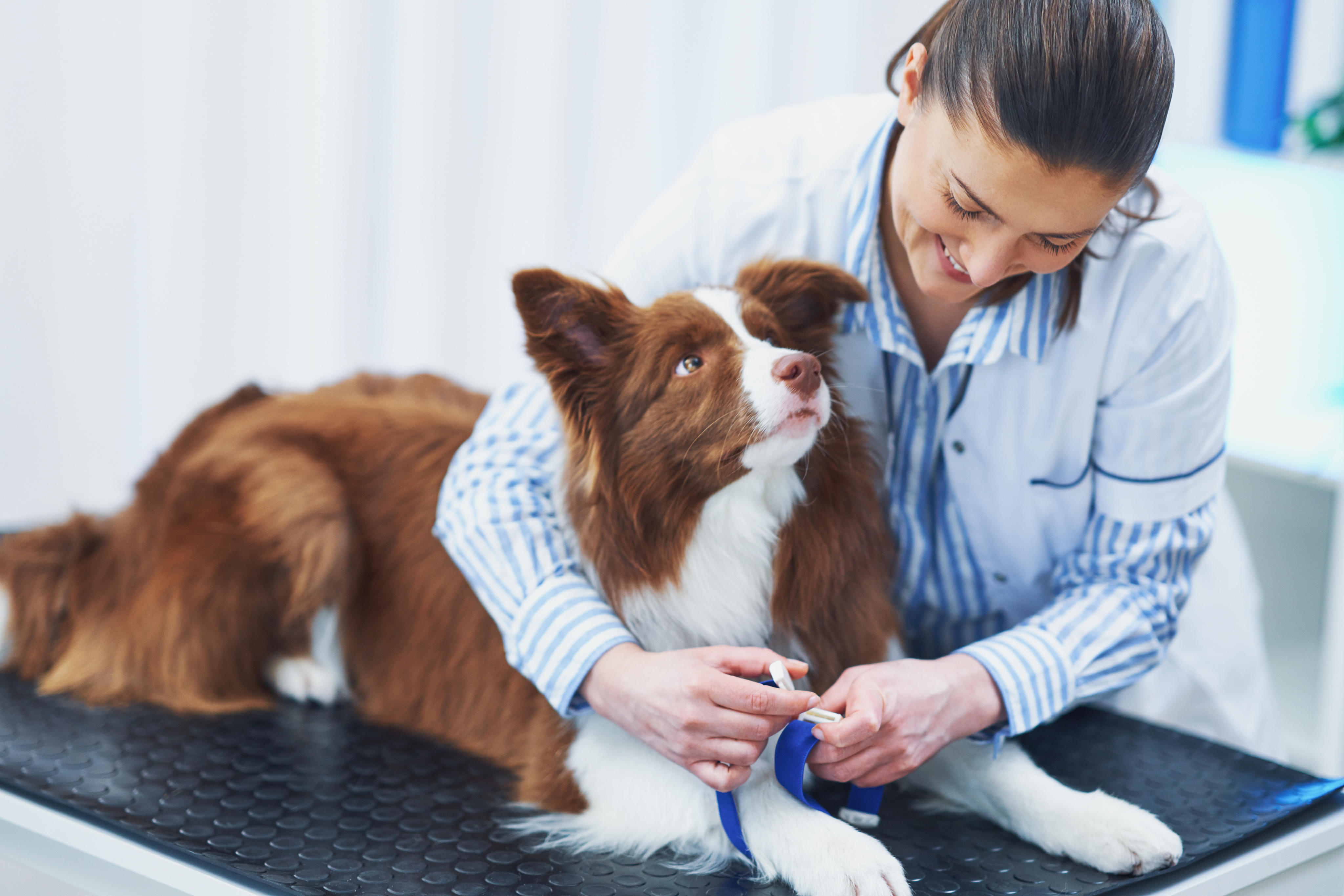Feline Viral Upper Respiratory Tract Disease
FHV-1 is a DNA virus that, while it does not mutate, remains in a dormant state following acute infection, and can become reactivated later in life in response to stress.88 FCV is a small single-stranded RNA virus that readily mutates during replication resulting in many different strains of the virus.
Product Description
NOBIVAC® FELINE 1-HCP
A quality core vaccine shown to be effective for vaccination of healthy cats 9 weeks of age or older against feline rhinotracheitis, calici, and panleukopenia viruses.
Disease Overview
Feline viral upper respiratory tract disease is typified by signs of rhinosinusitis, conjunctivitis, lacrimation, salivation, and/or oral ulcerations. The principal causative agents are feline herpesvirus type 1 (FHV-1) and feline calicivirus (FCV).
FAST FACTS
- FCV is widespread in the general cat population, ranging from 10% for household pets kept in small groups up to 40% in some large colonies.
- After FHV-1 infection, virtually all cats will remain latently infected, becoming lifelong carriers of the virus.
TRANSMISSION
FCV
- Hypersalivation
- Oral ulcerations
- Sneezing
- Nasal discharge
- Fever
- Anorexia
- Dyspnea
- Depression
FHV-1
- Conjunctivitis
- Ocular ulceration
- Ocular discharge
- Sneezing
- Nasal discharge
- Salivation
- Pharyngitis
- Lethargy
- Fever
- Anorexia
CLINICAL SIGNS
- Retching
- Sneezing
- Watery nasal discharge
- Coughing
- Pneumonia, inappetence, fever, and lethargy in severe cases
MORBIDITY THREATS
FCV
Occasionally signs of lameness due to acute arthritis (synovitis) will manifest. This usually only lasts a few days, and there will often be signs of respiratory disease at the same time.
Rarely, outbreaks of more severe strains have been manifested. Infection with these strains can result in severe pneumonia, hepatitis, pancreatitis, skin swelling and ulceration, and bleeding from the nose and intestine. In these outbreaks up to 50% of affected cats can die.
FHV-1
Acute upper respiratory tract disease is the most common manifestation of FHV infection.
A less common manifestation of chronic FHV infection is conjunctivitis and keratitis. FHV infection causes the development of multiple small branching corneal ulcers (called ‘dendritic keratitis’). Rarely, chronic FHV infection can result in skin inflammation and ulceration. This is most commonly seen around the nose and mouth but can affect other areas such as the front legs.
SPREADING DISEASE
FCV is relatively resistant to environmental conditions and can potentially survive up to a month in the environment, although in most cases probably does not survive more than 7-14 days.
Viral excretion of FHV-1 may last for 1 to 3 weeks. After infection, virtually all cats will become lifelong carriers of the virus. Some of these cats will intermittently shed virus again, commonly following episodes of stress or immunosuppression.
DIAGNOSIS
In most cases, a specific diagnosis of FCV or FHV-1 infection will not be required. The presence of typical upper respiratory signs is enough for a presumptive diagnosis of FCV and/or FHV-1 infection. Signs of oral ulceration and milder respiratory signs tend to suggest the involvement of FCV whereas more severe respiratory illness and signs of keratitis in may suggest the involvement of FHV-1.
Merck Animal Health Vaccines
Professional Resources and Educational Materials
Keep your clinic and staff informed and aware of diseases and outbreaks.
View More Nobivac ResourcesReferences




 Go To United States
Go To United States Algeria
Algeria Argentina
Argentina Australia
Australia Austria
Austria Bahrain
Bahrain Belgium (Dutch)
Belgium (Dutch) Brazil
Brazil Canada (English)
Canada (English) Chile
Chile Colombia
Colombia Croatia
Croatia Czech Republic
Czech Republic Denmark
Denmark Ecuador
Ecuador Egypt
Egypt Finland
Finland France
France Germany
Germany Greece
Greece Hungary
Hungary India
India Indonesia
Indonesia Iraq
Iraq Ireland
Ireland Israel
Israel Italy
Italy Japan
Japan Jordan
Jordan Kuwait
Kuwait Lebanon
Lebanon Malaysia
Malaysia Mexico
Mexico Morocco
Morocco Netherlands
Netherlands New Zealand
New Zealand Norway
Norway Oman
Oman Panama
Panama Peru
Peru Philippines
Philippines Poland
Poland Portugal
Portugal Qatar
Qatar Romania
Romania Russian Federation
Russian Federation Saudi Arabia
Saudi Arabia South Africa
South Africa South Korea
South Korea Spain
Spain Sweden
Sweden Switzerland (French)
Switzerland (French) Taiwan
Taiwan Thailand
Thailand Tunisia
Tunisia Turkey
Turkey Ukraine
Ukraine United Arab Emirates
United Arab Emirates United Kingdom
United Kingdom Uruguay
Uruguay Yemen
Yemen Global
Global